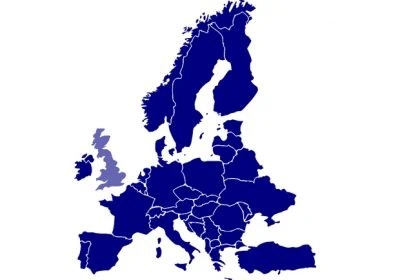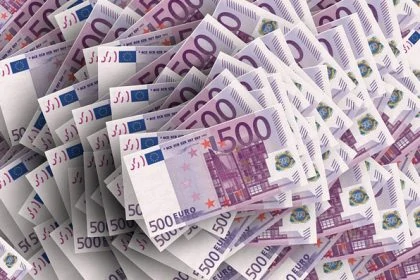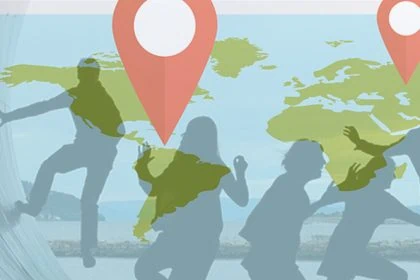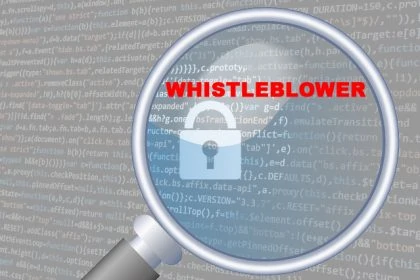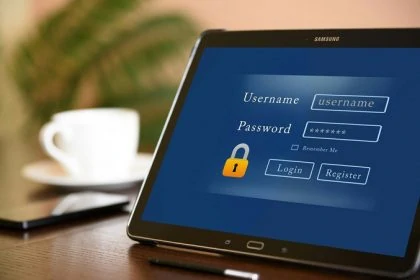Applying for a Patent is not an easy task, but it is doable. This guide provides basic information about the steps of the European patent granting procedure and highlights mistakes that are most likely to happen. To kick things off, we teach you the basic – “What is a Patent?”. Get enlightened:
Basics: What is a Patent?
Original ideas and creative work are assets which may be of commercial value in the same way as material goods. To protect the ideas and innovations of their respective inventors, you can apply for different intellectual property rights, such as patents.
Patents protect technical inventions. They are valid in individual countries, for a specified period. Patent-Protection gives you the right to prevent third parties from exploiting an invention without your permission.

Patents should not be mixed up with other kinds of intellectual property rights available:
- Utility models: can be registered in some countries, to protect technical innovations which might not qualify for a patent
- Copyright: protects creative and artistic works such as literary texts, musical compositions and broadcasts against unauthorised copying and certain other uses
- Trade marks: are distinctive signs identifying brands of products or services; they may be made up of two- or three-dimensional components such as letters, numbers, words, shapes, logos or pictures, or even sounds
- Designs and models: protect a product’s visual appearance, i.e. its shape, contours or colour.
IMPORTANT: Before applying for a (European) Patent, we highly recommend to carry out a patent search.
Step 1: The Application
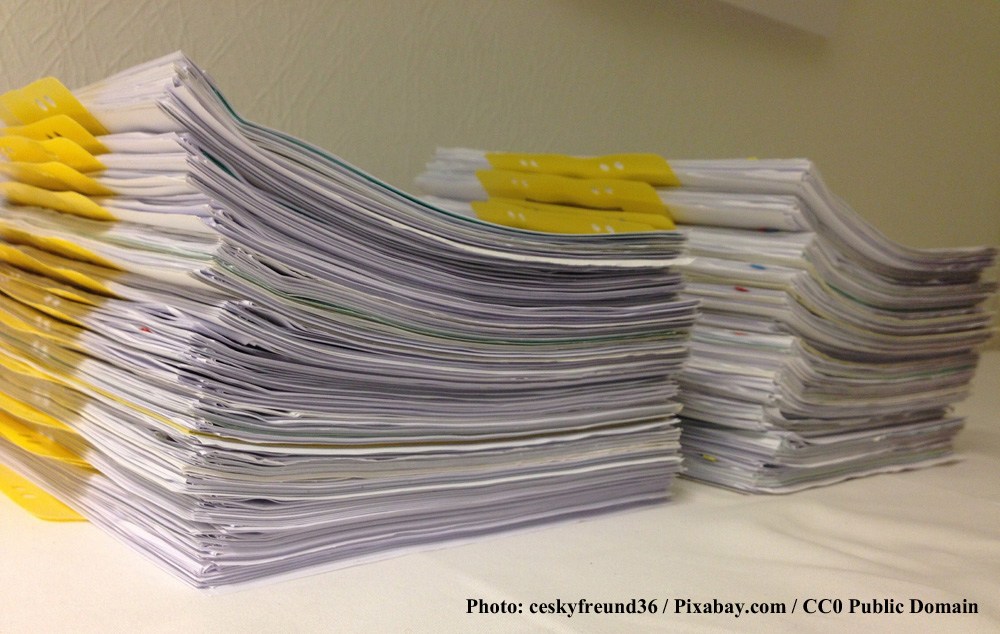
You can apply for a European Patent in different routes. Depending on your invention and the markets your company operates in, you may at first apply for a national application (=in your very own country). Your national Patent can be the basis for an EU-Patent. So at first, you seek patent protection in your own country and then step forward to a European Patent (Application).
The second and direct way to apply for a European Patent is hand in your application directly to the European Patent Office (EPO). In this case you skip the national Patent and (directly) seek EU-protection for your patent.
Please bare in mind that the European Patent Office only accepts applications under the European Patent Convention (EPC) and the Patent Cooperation Treaty (PCT).
Expert Tip: If you want to protect your patent in just a few EU-states, it may be best to apply direct for a national patent to each of the national offices. In most cases this is the less expensive alternative.
A European patent application must consist of:
- a request for grant
- a description of the invention
- Patent claims
- drawings (if there are any)
- an abstract
Applications can be filed in any language, however, the official languages of the EPO are English, French and German. If your application is not in one of these languages,a translation is mandatory (and highly recommended).
Step 2: Formality Examination
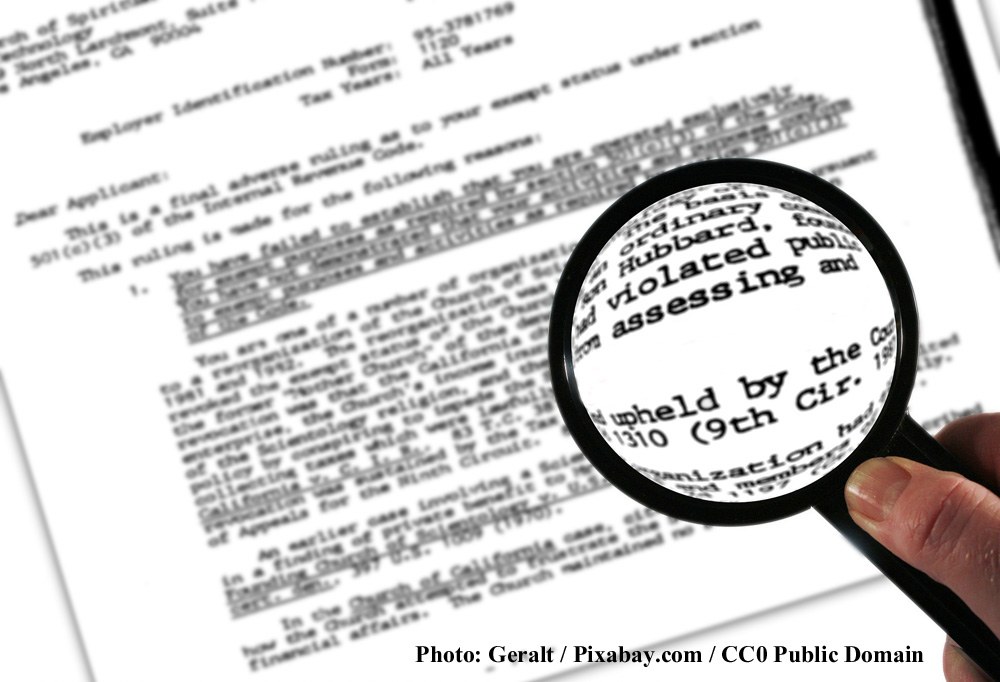
The first step in the European patent granting procedure is the examination on filing. This means that the EPO checks if every information and documentation was handed in correctly so that the application can be accorded a filing date.
The EPO examines the application for:
• an indication that a European patent is sought
• particulars that identify the applicant
• a description of the invention or
• a reference to a previously filed application (if existing)
If no claims are filed, they need to be submitted within two months.
This is followed by a formalities examination relating to certain formal aspects of the application, such as: the appointment of a professional representative, the translations (if necessary) and of course – the fees.
Step 3: EPO initiates a European Patent Search
While the European Patent Office checks the examination formalities, a “European search report” is drawn up. This reports lists all the documents available to the Office that may be relevant to proof the novelty and inventive step of your patent. It is based on the patent claims but also takes into account the description and any drawings that you handed in.
When the search report is completed it is sent to the applicant together with a copy of any cited documents and an initial opinion as to whether the claimed invention and the application meet all the requirements.
Step 4: Publication of your Patent Application

When the above criteria is met, your application along with the search report is published. This usually takes 18 months after the date of filing or, if priority was claimed, the priority date.
After the publication, applicants have six months to decide whether or not to pursue their application by requesting substantive examination. Alternatively, an applicant who has requested examination already, will be invited to confirm whether the application should proceed.
Within the same time limit the applicant must pay the appropriate designation fee and, if applicable, the extension fees. From the date of publication, a European patent application confers provisional protection on the invention in the states designated in the application.
Step 5: Grant of your Patent
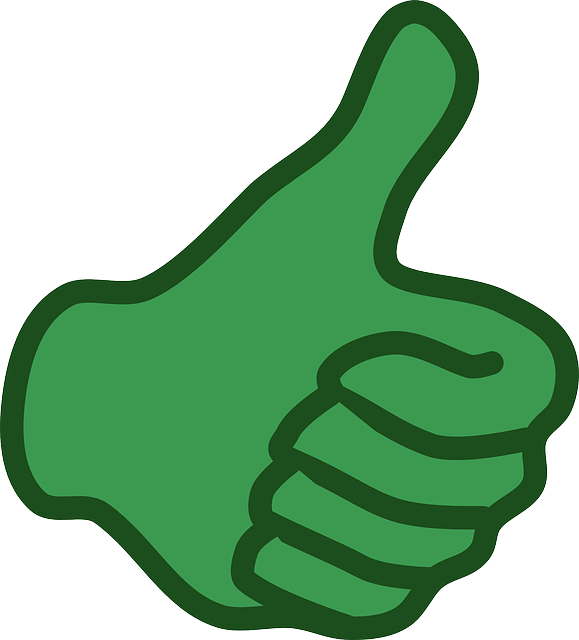 If the examining division decides that a patent can be granted, it issues a decision to that effect. A mention of the grant is published in the European Patent Bulletin once the translations of the claims have been filed and the fee for grant and publication have been paid. The decision to grant takes effect on the date of publication.
If the examining division decides that a patent can be granted, it issues a decision to that effect. A mention of the grant is published in the European Patent Bulletin once the translations of the claims have been filed and the fee for grant and publication have been paid. The decision to grant takes effect on the date of publication.
The granted European patent can be discribed as a “bundle” of individual national patents.
Step 6: Validation of the Patent in the designated states
As mentioned above the EU-Patent can be discribed as a bundle of individual patents. Once the mention of the grant of your patent is published, each of the designated states have to validate it within a specific time limit to retain its protective effect and be enforceable against infringers. Notice: It might be necessary to file a translation in some of the states where you chose to have patent protection. Depending on the relevant national law, the applicant may also have to pay fees by a certain date.
What happens after the Grant and Validation of your Patent?
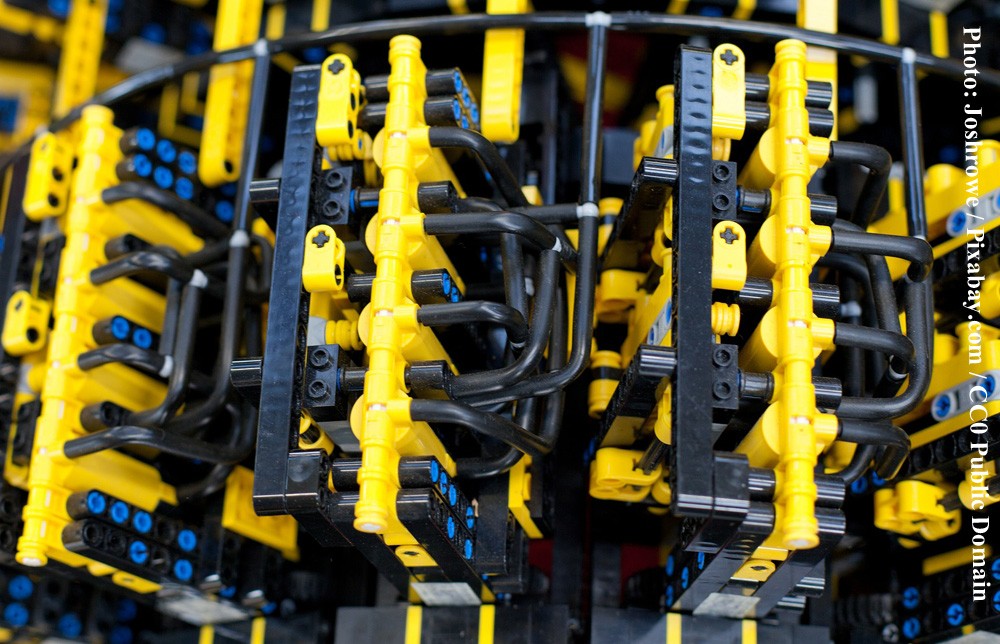
1. After the Grant and Validation of your Patent you can not (yet!) feel secure. When your Patent is published, third parties (usually your competitors) can oppose your patent grant. Within nine months of the grant being mentioned in the European Patent Bulletin, a notice of the opposition has to be filed.
2. The patent proprietor himself can revoke or limit his patent. The decision to limit or to revoke the European patent takes effect on the date on which it is published in the European Patent Bulletin and applies to the date when patent was granted (all designated states).
3. It can happen, that the EPO refuses your patent filing or that a competitor files a notice of the opposition. Those decisions are open to appeal. Decisions on appeals are taken by the independent boards of appeal. In certain cases it may be possible to file a petition for review by the Enlarged Board of Appeal.
More in-depth information needed? Check out our four-part series:
• How to Apply for a European Patent (Part 1/4)
• How to Apply for a European Patent (Part 2/4)
• How to Apply for a European Patent (Part 3/4)
• How to Apply for a European Patent (Part 4/4)
Do you want to apply for a European Patent?
We can help you with that! Talk to us so that we can go through your documents and produce the right strategy for you and your invention.
You can request a free call-back without any obligations at:
Sources:
Text: European Patent Office
picture : Hans /pixabay.com / CCO License



